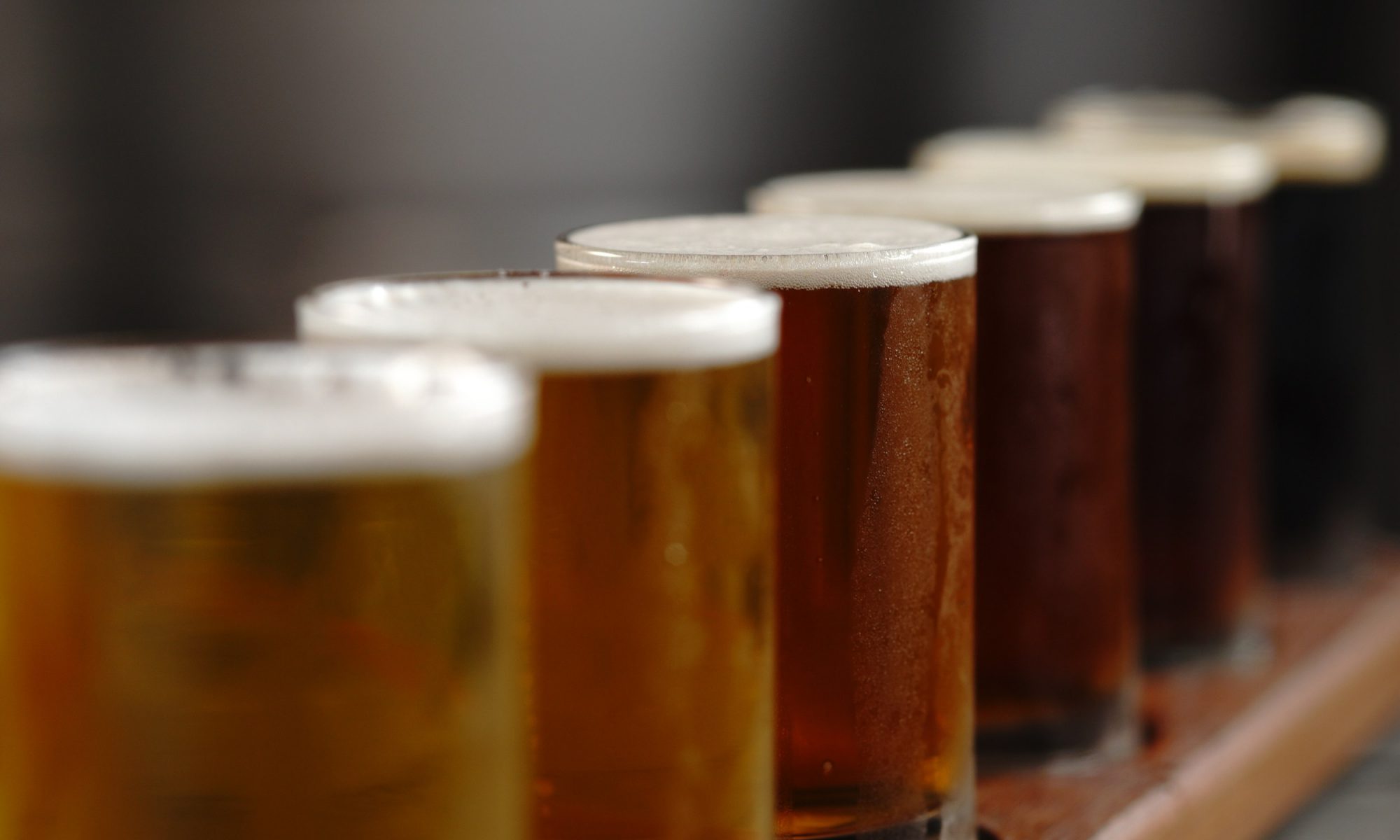We attempted our first Attobrew last night. It was based on the Magnum Blonde recipe we’ve done before. It’s essentially just Maris Otter Pale Ale Malt and a single hop in the boil. Normally the hop is Magnum but we used an open packet of old Northdown for this test so as not to have open a packet of the good stuff.
It went pretty much according the plan. 121g of malt plus 363ml of water at 75C filled a 500ml metal flask. After 5 minutes the mash was at about 68C so I’ll drop the temperature of the strike water a degree next time.
Left it 15 minutes, drained the wort out through a small sieve. Refilled the flask with more hot water, left it for another 10 minutes. Drained it. Refilled it. Shook it. Drained it.
So at that point we had about 700ml of wort. Put it in a pan with 1.8g of Northdown and boiled it for 15 minutes. The boil was a bit vigorous so we finished with about 400ml of wort after cooling. The cooling was pretty quick: no more than 5 minutes.
Poured it into a 1.5L Coke bottle through the sieve and a funnel. Added a pinch of yeast nutrient, shook it up to aerate and added a dash of Safale T-58 yeast.
The whole process took about 1.5 hours from gathering the components to putting the Coke bottle to one side to ferment. Could probably get this down to an hour if both of us were doing things.
The OG was a bit low (1.040 as opposed to the desired 1.049). The wort was quite murky, as you’d expect from a mash which had been drained quickly. It might clear in the ferment.
Lessons learned
- Using 3:1 water to grain was pushing the flask volume. 2.5:1 would work better.
- An infrared thermometer is very useful for checking water temperature. As is a digital probe thermometer for the mash temperature.
- Calibrating the “mash tun’s” thermal profile in advance is a good idea. The strike temperature should have been 73.4C but it hit 75C and, as a result, the mash temperature was a degree C or so too high.
- A bigger pan of strike water might give more stable water temperature.
- Draining the wort through a tiny sieve really could do with two sets of hands. A bigger sieve might work better.
- The grain blocked the mouth of the flask when tipped upside down. Tilting gently might work better.
- A longer mash might be necessary as the sugar extraction was a bit low. Or that might just be the characteristics of such a small mash.
- Hitting the pre-boil volume (1.1L) this way is going to be difficult. Either accept a lower volume, or tip the grain into a big sieve and rinse into the pan.
- Don’t boil too vigorously, or for as long, as there isn’t much wort to begin with.
